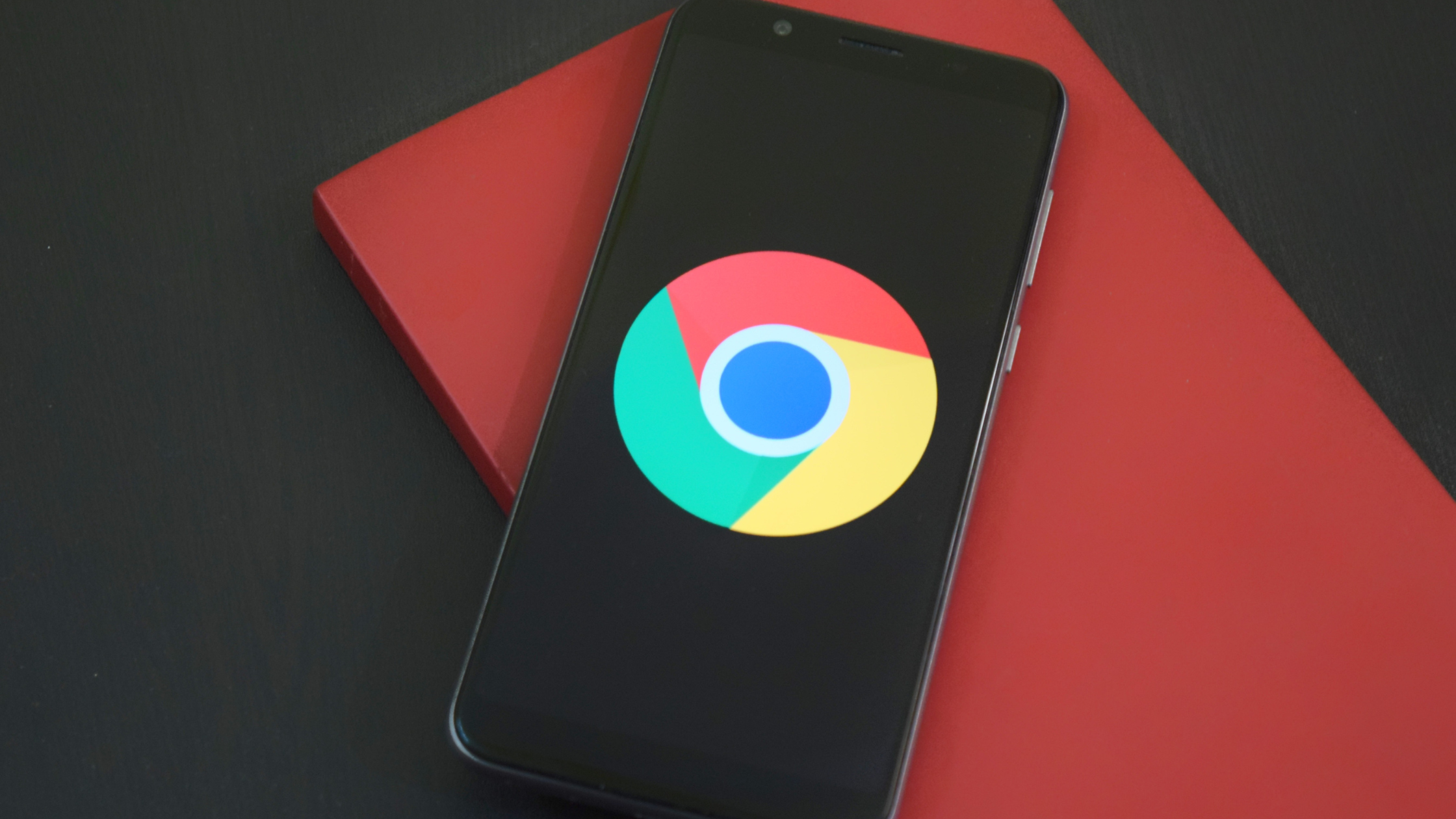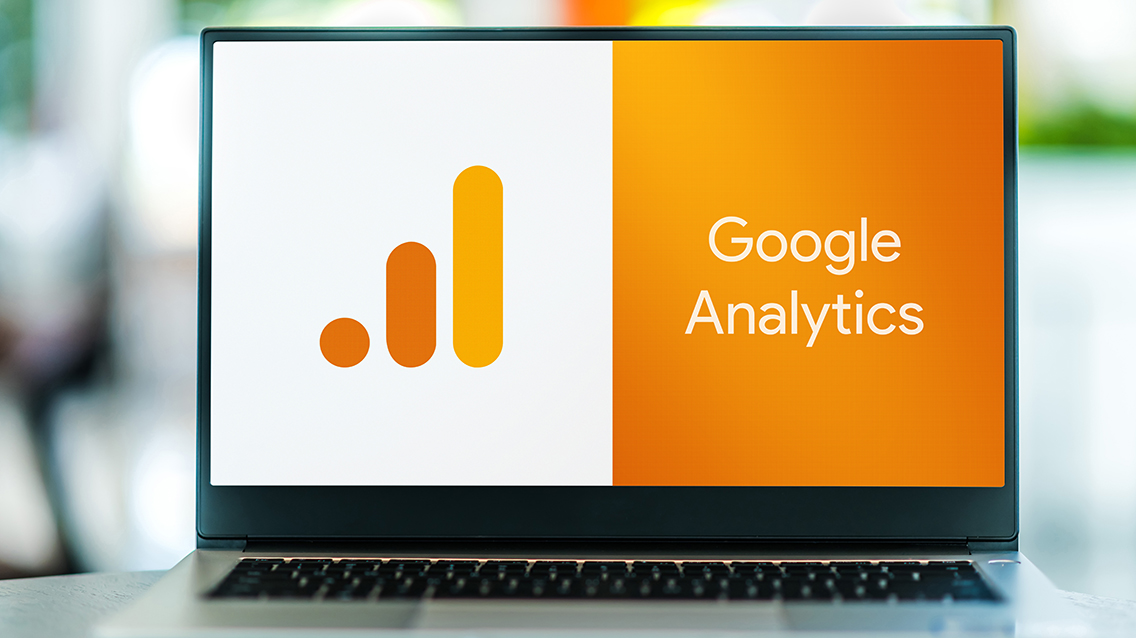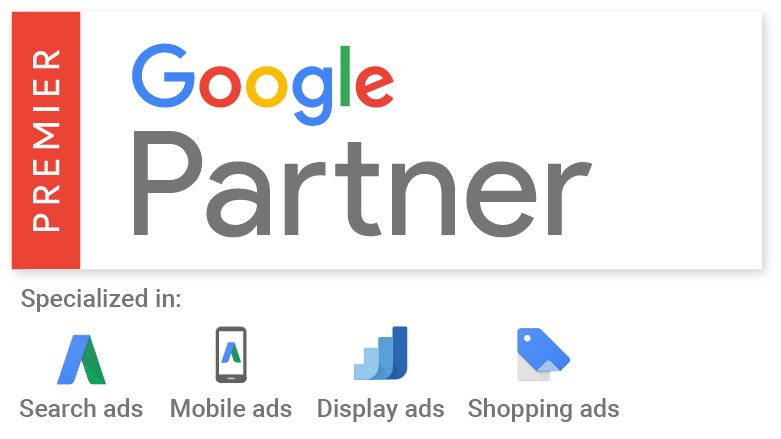Gone are the days of one-size-fits-all campaigns—AI now empowers businesses to harness data-driven insights, enabling real-time, personalized messaging that truly resonates. But to truly achieve maximum results, businesses must blend AI’s capabilities with human creativity to craft
- Home
- Tag: Google Analytics
Pay-per-click (PPC) marketing is an incredibly effective tool. Whether you’re a small business owner looking to attract local customers or a large corporation aiming to increase your online presence, PPC can deliver measurable results and more. PPC
With millions of websites vying for users' attention, standing out can be tricky. Yet, there is a solution: SEO Optimization. By optimizing your website for SEO, you can improve your website's ranking in SERPs and attract more
Looking to grow your small business? Discover how social media marketing can help your business thrive in 2023 and beyond. Social media has transformed from being just a personal communication tool to a powerful marketing tool for
If you manage a website, you need a deep understanding of how users find your site and how your content appears on Google’s search results. If you've been looking for a program that captures how your customers
As more businesses shift away from traditional marketing tactics, agencies should follow suit. The times of one-time projects, lower value relationships, and thoughtless solutions with no unified reporting will lead to failure. The demand for full digital
Being able to measure your data is key to understanding how well you are performing on all of your digital platforms. Typically, data is confusing to interpret and an extremely boring visual for management. At Onimod Global,
Google has announced that the Google Partners program has launched a new certification exam - Digital Sales. Google Partners is a program that provides agencies access to free training and exclusive tools, as well as the guidance and
First Impressions No one gets a second first impression. This is true in all kinds of different relationships, but especially in business. With only a few seconds to connect with users, companies need to deliver a clear
- 1
- 2















